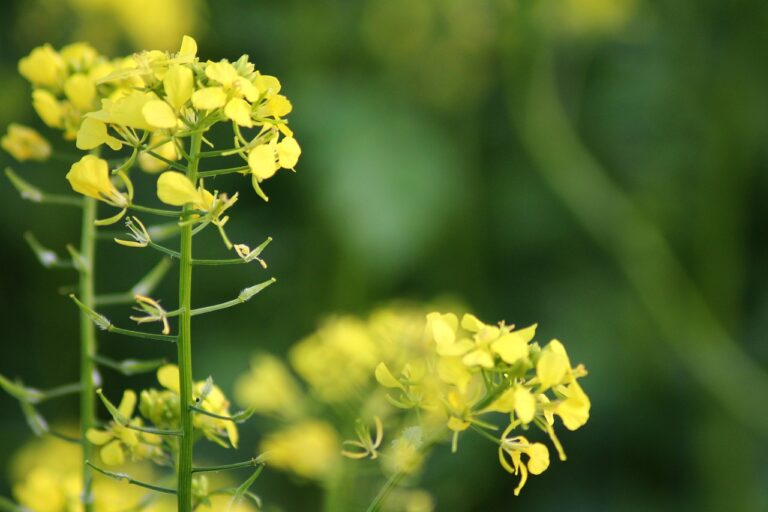Crops
Rice
Rice is a vital aspect of Pakistan’s agriculture, playing a crucial role in export earnings, domestic employment, and rural development. It serves as both a staple food and a cash crop, cultivated in the fertile lands of Punjab, Sindh, and Balochistan. Millions of farmers depend on rice cultivation as their primary source of employment, contributing significantly to the country’s economic landscape. Among the renowned varieties, Basmati stands out for its exceptional flavor and quality, further enhancing Pakistan’s position in the global rice market.
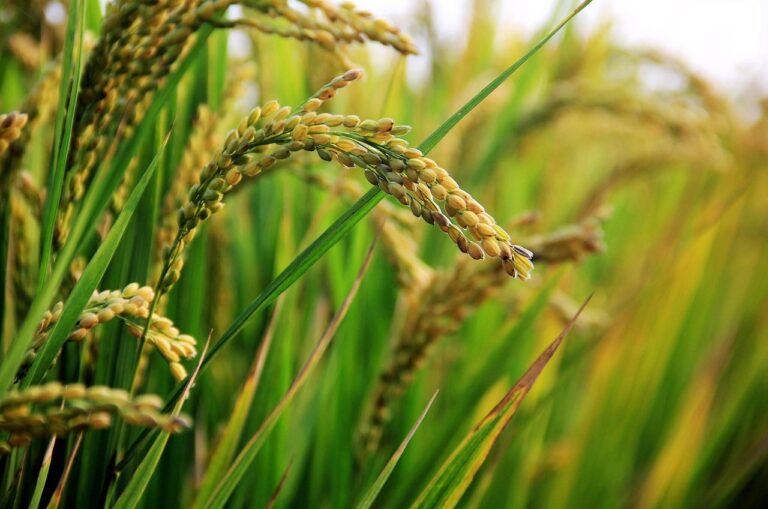
Wheat
Wheat holds a pivotal role as the staple food crop in Pakistan, reigning supreme in both acreage and production. The cultivation of spring wheat as a Rabi crop is widespread across the provinces of Sindh, Punjab, NWFP, and Balochistan, with some limited cultivation of winter wheat in the northern parts of Balochistan. Despite dedicated government efforts, achieving self-sufficiency in wheat remains a challenge for Pakistan. The country addresses this shortfall by importing approximately 2 million tons of wheat, incurring a cost of 8 billion rupees.
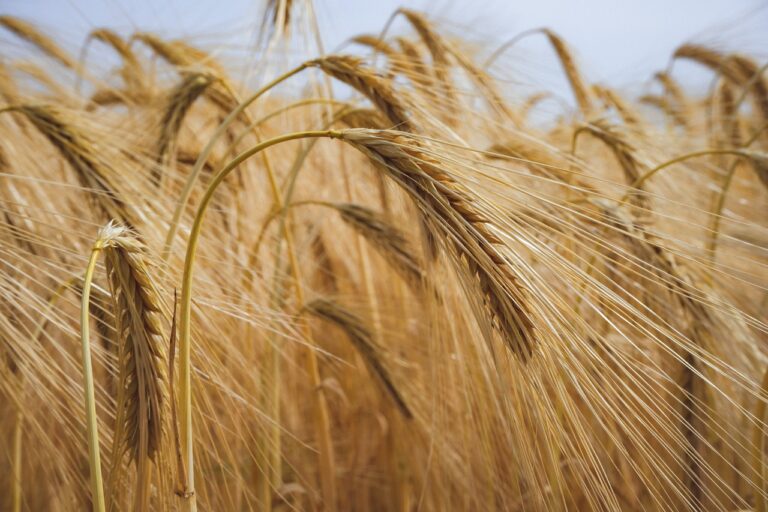
Cotton
Cotton stands as Pakistan’s foremost cash crop, holding significant economic importance. As the sixth-largest global producer of cotton, Pakistan boasts the third-largest cotton spinning capacity in Asia, following China and India. The country houses numerous ginning and spinning units that contribute to the textile industry by processing cotton into various products. Elevating the yield per acre of cotton not only enhances production but also positively impacts the livelihoods of around 1.5 million smallholder farmers who depend on cotton for their living.
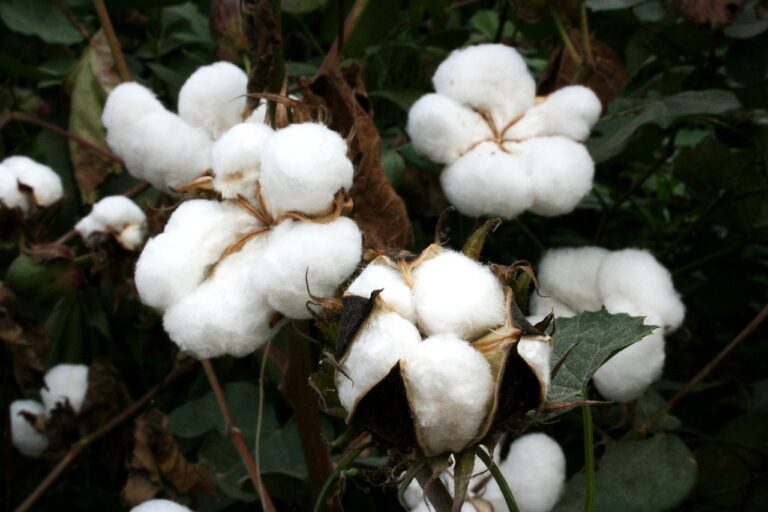
Corn
Corn, a staple cereal in Pakistan and the third most crucial crop after Wheat and Rice, is globally versatile. Beyond food, it serves as feed and contributes to industries. In developing nations, corn is vital for food security due to its adaptability. Known as “the other gold” for its high yield, it supports large populations and ensures economic stability. Beyond its traditional roles, corn is now a trendy and versatile ingredient in contemporary cuisine, symbolizing both agricultural prosperity and culinary innovation.
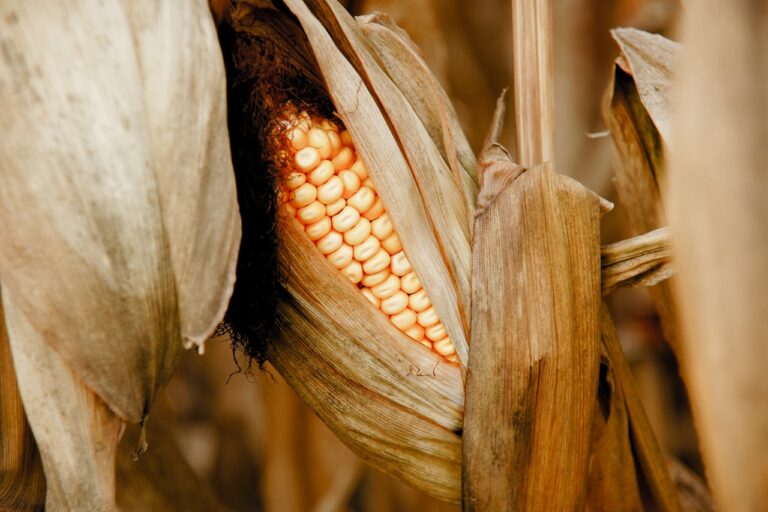
Pak Afgoi
Pak Afgoi is not just another fodder corn; it’s a testament to Pakistani agricultural prowess. Its robust stalks reach skyward, bursting with succulent leaves and cob-laden with nutritious kernels. This exceptional vigor translates into exemplary yields, exceeding those of many traditional fodder options. This abundance becomes a boon for farmers, allowing them to feed their livestock more effectively, reduce costs, and ultimately strengthen their profitability.

Mustard
Mustard, a versatile and widely cultivated plant, plays a significant role in agriculture and cuisine. With various species, it produces both mustard seeds and greens. The seeds are a key ingredient in condiments like mustard sauce, while the greens are used in salads and cooking. Cultivated globally, mustard plants contribute to diverse cuisines, adding distinct flavors. Beyond culinary uses, mustard has agricultural benefits, acting as a cover crop and offering oil extraction possibilities. Its adaptability and multifaceted utility make mustard a valuable component in both the kitchen and the field.
